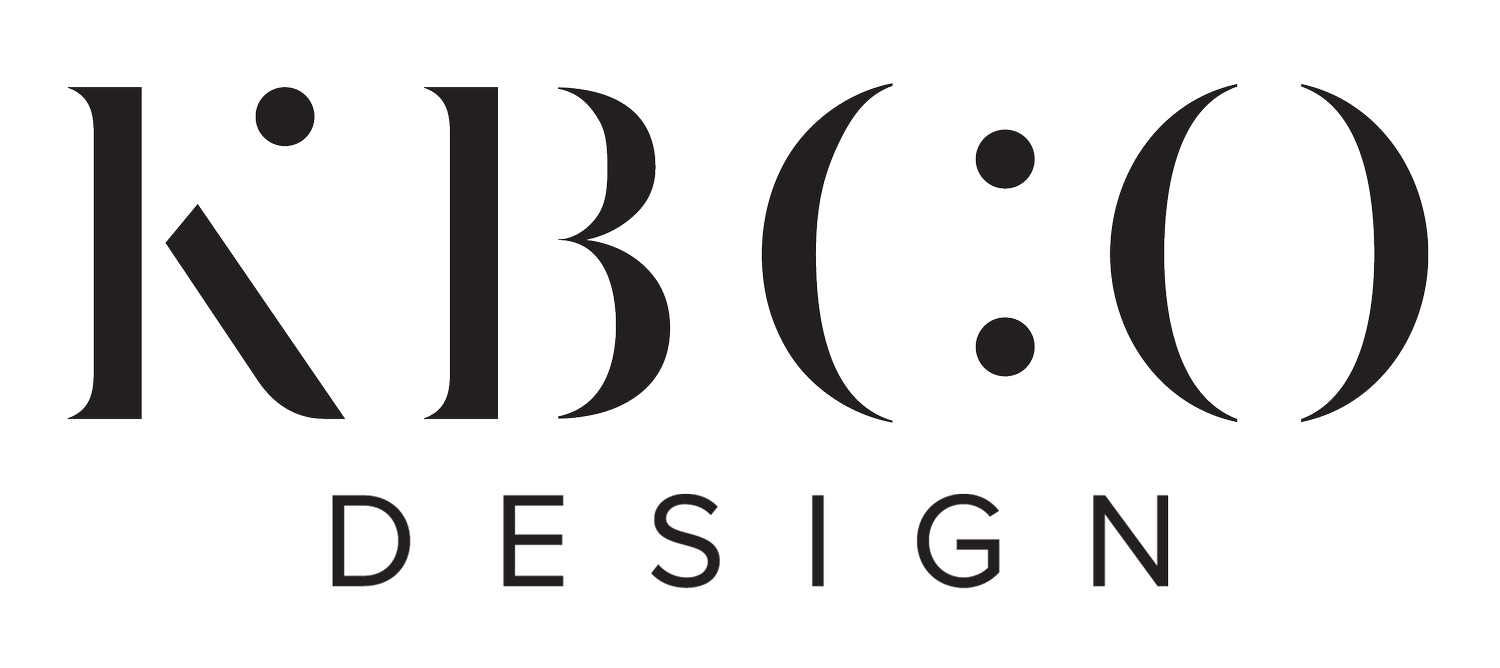Design Trends That Stand The Test Of Time
Needing some inspiration for your interior design? There’s no better way to find it than by researching the trends that show up time and time again! Seasons change, tastes evolve, but certain design themes seem to return again and again, or never go away. Designs that have stood the test of time are the perfect solution for anyone who is unsure of what they want to do. There are specific techniques and design elements that never go out of style, no matter how many new and quirky trends crop up, these styles and design ideas will always remain a staple. You can keep them exactly as they are for years to come.
PRO tip: They also help to improve the saleability of your home!
Here are our favorite design elements that you can recreate or reinvent that you can be sure will never go out of style.
Mid Century Modern Style
Mid-Century Modern style transports us back to 1945. It was in the USA, in the post-war era, that this ethereal style was born. This is a vintage design trend that is still highly popular today. It’s one of the most highly searched trends and continues to capture people's attention.
Think glass, and lots of it! Floor to ceiling glass, letting all the light in. Flat roofs and sleek geometrical lines.
Eco-friendly and Sustainable Design
The world is waking up, it’s time to right the wrongs of the past and start to make more mindful choices. Long-term sustainable designs are in, fast and cheap trends are out. It’s time to seek quality, unique products with a long shelf-life. Whilst this may not be your first thought when you re-do a room, it’s important to be mindful of the resources you choose to use moving forwards. Sustainable design is a winning concept for those wanting to build long-lasting classic styles whilst respecting the planet.
Consider this, marble or solid granite worktops, or laminate? Solid hardwood furniture vs cheap wooden materials. We know what we would choose!
Making the right choice from the get-go will save you hassle in the future, and will make your home desirable for years to come. More and more brands are offering sustainable products such as paints, furnishings, materials, and accessories, so the choices are limitless!
Neutral Walls
A fresh coat of paint is probably the cheapest and fastest, way to transform a space. However, certain colors and shades can look old-fashioned or outdated after a few years. Colors such as green, black, or red make a very bold statement and may feel great and exciting at the time, but they quickly lack their impact. Avoid having to re-paint by sticking to time-tested neutral colors such as white, soft grey, and beige. Use these shades as your foundation upon
which to build your design. If you want to add color to a room, focus that on your accessories and furnishings.
Exposed Brick
Whitewashed or scraped clean, exposed brick adds a historical and industrial feel to an interior. Brick is an architectural building material and so can really add texture to a space and character. Brick carries the history of the building, and history never goes out of style.
White kitchens
Think white walls, countertops, cabinets, and millwork. All-white kitchens work with both contemporary and traditional designs and are a perfect plain canvas from which to build upon. White is always chic, and always current. White surfaces hold space for other items to shine, whether it's your crockery, kitchen appliances, or artwork on the walls.
Built-in bookshelves
A built-in bookshelf screams Old World charm. They are timeless and add an element of elegance and sophistication to a toom when done with high-quality materials and finishes.
Built-in shelves help to create a cozy, intimate feel too, the books recede into the wall and feel part of the room itself. They are a great addition to any bedroom and living space.
Whatever style you choose, take the time to consider its longevity. Will it be enjoyed by you, and others, for years to come? If you’re ever unsure, remember to keep it simple and better yet? Ask for help.



